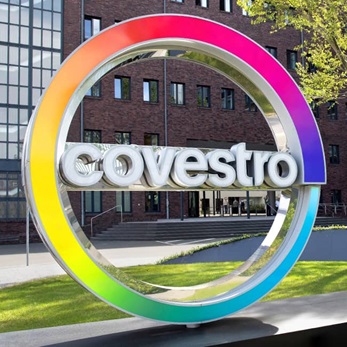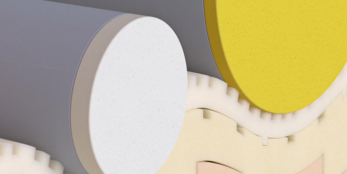
Furniture protection with bio-based Bayhydur® CQ
To create a sustainable solution for wood coatings used in furniture applications such as lounge furniture for fairs, we teamed up with coating supplier ICA Group. Our goal: develop a bio-based coating solution that reduces the overall carbon footprint while improving the performance of the coating application.

When it comes to chemical and mechanical resistance, the bio-based waterborne dispersions for wood coatings currently on the market don’t perform as well as 2K waterborne systems. This means they must be combined with a hardener but, unfortunately, all available hardeners are still fossil-based. We worked to develop a high-performance, bio-based hardener for 2K waterborne systems that reduces the carbon footprint.
Bayhydur® CQ has helped us achieve the high performance required by our customers and, even if used in small amounts, is an important contributor to the reduction of CO2 emissions in our IRIDEA BIO® portfolio which is based on the Decovery® resins from Covestro.
ICA developed a 2K waterborne system that combines Bayhydur® CQ 701-90—the first hydrophilic hardener with 61% bio-content — with a bio-based dispersion. When compared to standard 2K waterborne systems, this system can achieve savings of 147g of CO2 emissions per m2 of applied coating on clear coats. Bayhydur® CQ also helps the system deliver high chemical [DIN 1b] and mechanical resistance.

Why Bayhydur® CQ 701-90 was the right solution for ICA
- Bio-based: Features 61% renewable carbon content derived from non-fossil-based resources.
- Chemical-resistant: Resists change from internal and external factors.
- High-performing: Offers same smoothness and durability as conventional fossil-based coatings.
- Low carbon footprint: Significantly reduces cradle-to-gate carbon footprint compared to HDI derivatives.
















